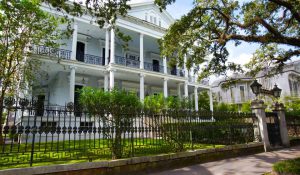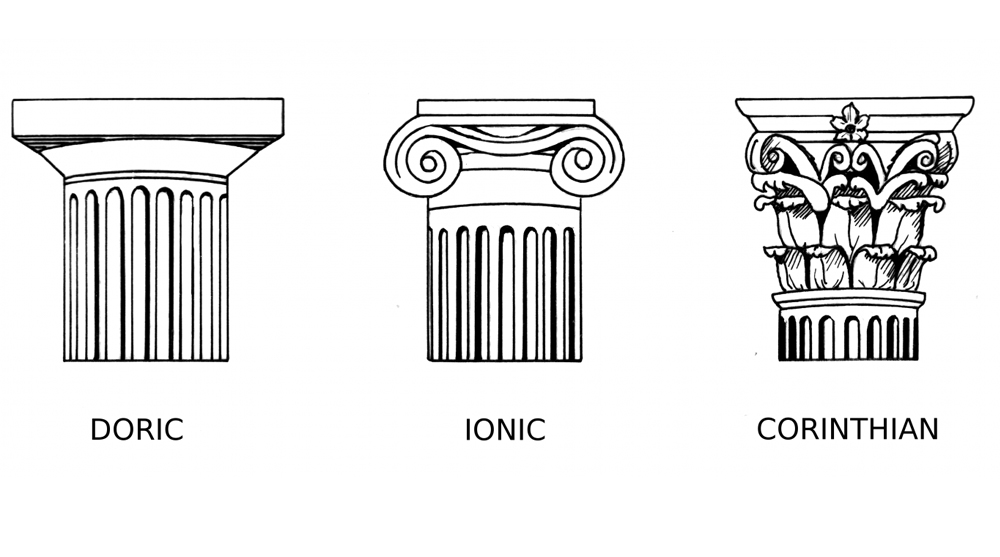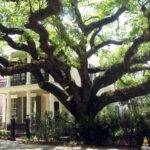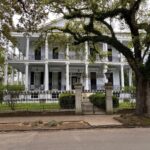Architecture of the Garden District pt 1

Greek Revival
One of the many joys of a stroll through the Garden District of New Orleans is the architecture of the grand homes. The lovely woodwork, brickwork, glasswork and metalwork all support the luscious feeling this neighborhood has. In addition to pleasing aesthetics, the architecture here creates a timeline for us to put into context how the area grew. Finally the houses convey social messages: personal style, political and even religious comment.
So this is a series of close looks at each architectural style found in the Garden District, and if you care to go ‘style-hunting’ this will be a fantastic guide.
Mikko Macchione
Tour Guide with Unique NOLA Tours and Author of books about New Orleans.
The area began as a sugar plantation, but in the 1833’s people we would call developers today decided to create a rich, exclusive neighborhood. So, though we will find ‘old school’ New Orleans building styles and techniques, these would be ‘throwbacks’ in the new District. Also keep in mind, New Orleans was becoming more and more ‘American.’ moving away from the old Creole ways, and the Garden District was going to celebrate this new patriotism.
The first style we can look at is Greek Revival. The old Americans, Jefferson, Adams and all those guys in the musical Hamilton, considered the ancient Greeks as the most enlightened old society because they invented democracy. So it became real patriotic to use Greek style on your house. It’s why most American city halls or post offices have columns in front. Washington DC is full of Greek Revival buildings. The new, rich Americans wanted to flaunt their pride, so there’s a lot of Greek Revival around here. In fact, by the time the Civil War started, there were more Greek Revival buildings in New Orleans than in ancient Athens.
Some of the features of Greek Revival are porticos, a kind of stylized ‘front porch’ (don’t tell an architect we said that); grand urns; plaster designs of flowers or scrolls and of course the columns. You learned them in high school – the plain Doric, the scroll-topped Ionic and the florid Corinthian. Though these column styles span centuries of Greek history, you’ll very often find a combination on one house – sometimes all three!
The Americans didn’t stand on ceremony, they wanted their house to be more and more imposing as the eye moved up the facade. There are cases where a house will be totally another style, but the designer snuck in some Greek-y feature.
If you’re interested in Greek-ing out on a tour of the Garden District, you could do no better than enlisting one of our experts to explore this fabulous neighborhood. Take a tour of the Garden District with us! OPA!!







